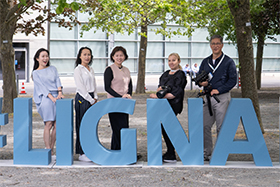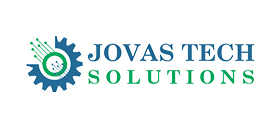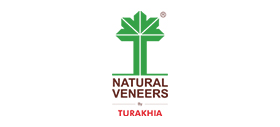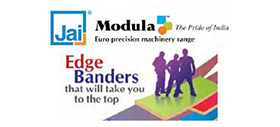Understanding PUR glue in membrane press operations

Polyurethane reactive (PUR) adhesives have become increasingly important in membrane pressing operations, particularly in the furniture and woodworking industries.
PUR adhesives are moisture-cured adhesives that create extremely strong bonds through a chemical reaction with moisture in the air and substrates. Unlike traditional adhesives, PUR glue continues to cure over time, resulting in superior bond strength and durability.
Among the key advantages for membrane pressing are exceptional moisture and heat resistance; high initial tack and strong final bond strength; no expansion during curing; excellent adhesion to various materials (including PVC foils, veneers and laminates); room temperature spray application; and solvent-free formulation.
The application process involves surface preparation, keeping the following in mind:
• Ensure surfaces are clean, dry and free from dust or grease
• Sand surfaces if necessary to improve adhesion
• Maintain room temperature between 18-25°C
• Ideal moisture content for wood substrates: 8-12%
The application method can be a spray system, where the operator must ensure complete coverage without excess accumulation; monitor application weight using measurement tools; and begin membrane press operation within the adhesive’s open time.

In the press method, the operator must set membrane press temperature to manufacturer’s specifications and apply recommended pressure (typically 3-5 bar). The operator must also maintain prescribed press time based on material thickness; and allow proper cooling before handling.
When handling PUR glue, use appropriate personal protective equipment; ensure adequate ventilation in the work area; follow the manufacturer’s safety data sheet and guidelines; and store adhesives in sealed containers.
Troubleshooting
Some key checkpoints would be to verify weight for regular adhesive application;
monitor temperature and humidity; document press time and pressure; and test sample pieces for bond strength.
• Poor adhesion could be caused by insufficient application amount or surface contamination. Solution: verify application weight and enhance surface cleaning.
• Bubbles or blisters can be caused by trapped air or excessive moisture. Solution: Adjust press parameters and verify material moisture content.
• Slow curing could be caused by low humidity or temperature. Solution: Maintain recommended environmental conditions.
PUR glue remains a superior choice for membrane press applications due to its exceptional bond strength, moisture resistance, and versatility. Success with PUR adhesives requires careful attention to application parameters, environmental conditions, and proper handling procedures. Regular monitoring and maintenance of these factors ensure optimal results in membrane press operations.
This is the concluding part of two articles on the subject. You can read the first instalment in the Jan-Feb 2025 edition of WoodNews.

– With more than 30 years in the woodworking industry, the writer is a seasoned expert in machinery, hardware, tooling and adhesives. He can be contacted on tejash@totaltoolsin.com
Comments

- European symposium highlights formaldehyde emission limits
- Egger adopts holistic approach to waste management
- Weber machines dovetail into best practices
- Hymmen’s smart2i facilitates digitally mapping production
- Understanding paper impregnation
- Rising from the ashes
- Canada’s Western hemlock adorns Indore’s municipal hub
- Hans Weber sets up demo centre in Bengaluru
- More power to woodworkers!
- Record success in its silver jubilee
- New IWMMTA team steps into driver’s seat
- imos: enhancing furniture sales, production with AI
- ‘Eco-friendly’ artificial grass? You must be nuts!
- Ligna all set to strike gold this May
- ‘For customers, our lab is an open book’
- Anticipation for smart components at Interzum 2025
- Furtech 2025 beckons Indian furniture industry
- HIFF 2025 invites woodworking professionals in September
- CIFF 2025 reimagines global furniture innovation
- Decora makes a mark at Dubai Wood Show
- Understanding PUR glue in membrane press operations
- Machining compact laminates needs precision, durability
- Biesse Customer Care: innovations in support
- Canadian Wood showcases innovative luxury designs
- Felder reaffirms status as important player in India
- FFSC pavilion bridging skill gap
- Automation to VR, Homag shows it all
- SETS Machinery showcases coating solutions
- Sugatsune impresses with space-saving solutions
- Exterior wood: Rejuvenating with Protego’s solutions
- Yalian’s integrated pressing solutions
- Garant’s smart filters ensure safer workspaces
- Aryamman ushers Staynu tech for furnishings
- Hafele’s RE-Twist raises bar on security
- AWM makes lock, hinge slots easy work
- Biesse’s Akron ensures edge banding excellence
- Hettich sliding systems for precision functions
- Jai’s top-of-the-line wood and panel processing machines
- Schmalz shows benefits of automated handling
- Richwood’s Calibrated Filler is a gamechanger
- Coohom gives wood interiors AR edge
- Taiwan’s Woodworking Machinery Industry Captivates Global Media on Opening Day of LIGNA 2025






































